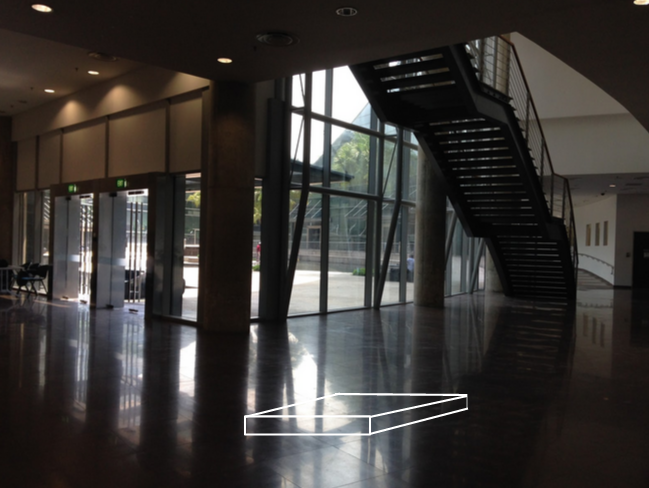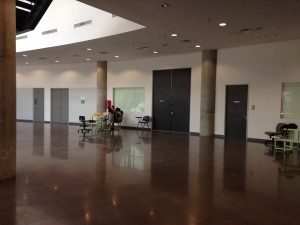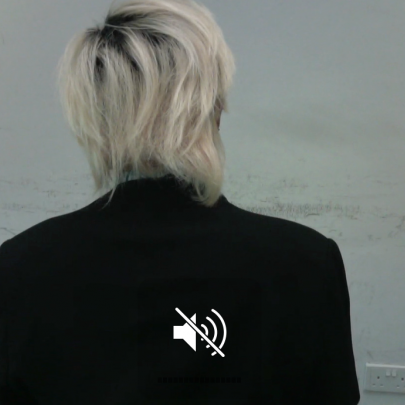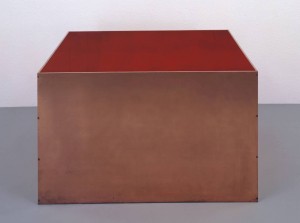
In the following thought experiments, we would presume with the idea of objectual consciousness and its performative aspects while contemplating upon the role of viewer. Notice that as an experiment, a contrived role would subject to change but nonetheless far from arbitrary.
Firstly, we think about the characters involved.
The Artist
As a ghost in the machine, the artist would perform textually a stream-of-consciousness. What does it meant to be still? The manifestation of its speech would be dependent of the states that the artist is in:
1. Present
2. Absent
3. Passive
4. Active
The Viewer

Locational environment where to work would be installed.
Audience would be considered as a the public that was geographically located in a college with largely populated with Singaporeans. In that regards, consider the cultural behaviour that may dictate the action-reaction.
1. People related to the artist prior to the experiment
2. Intentional participants with no relations to the artist
3. Non-intentional public without knowledge of the artist and the artwork
The Relationship
Now discuss the probability of what is going to happen.
Activities
1. The object constantly replays its consciousness.
Present
When the artist is (tele)present, seduction would run its course in in text writing from stream-of-consciousness.
Absent
When the artist is not, seduction is generative and automatic. The object speaks in machine language.
2. The audience’s engagement with an object
Passive
Where the artist is passive in its identity, the machine listens and attempts to conduct a session encouraging transference.
Active
Where the viewer is active in its engagement, the identity of the artist in its object becomes active.
Form and Format
The materialisation of the objectual consciousness of the ghost in the machine would be established in Project Hyperessay Technical Realization.




